That's the mount for the slip ring. A cylinder carrying a couple of copper bands fits over the pillar, and an M4 bolt goes own the middle to hold it all together. It has very clearly become bent, and without any signs of cracking. Presumably, as it spins, it heats up enough to soften the PLA, and the spring loaded brushes push it out of alignment.
I've reprinted it in ABS; going to see how well that lasts.
https://youtu.be/yIfgjr-B8xI
Voxel Doom
https://youtu.be/bRe1OSkeiQg
Voxel Doom
In this gif, each dot represents a column of LEDs - we're looking at the device from above. Here the panel is treated like a 2D display which just happens to be moving. Each scan line is repeatedly visited in turn, sweeping out a set of slices where the image can be displayed.
There are many advantages to moving to smaller panels in the new design (momentum etc), but the price drop going to a 300mm dome from 400mm would be justification enough.
This time the cut went better, but I’m still going to give it a gasket for that reason.
Volumetric fish bowl
Vortex Assembly
I tried the thumbnail testing feature on Youtube for the first time, which was fun. Upload 3 different images, and it randomly applies them and shows you which one was the most engaging. This was the winner.
(I didn't include one with my surprised face and an overlaid arrow pointing at something)
@ancientjames
I reckon you would sell a run of 100 in no time, maybe 1000, perhaps more.
Perhaps a batch of 10 first for debugging.
The old vector graphics arcade game Tempest might translate well to your display.
I once saw a 3D display that consisted of a cabinet with a speaker and vector monitor mounted overhead. There was a mirror in front of you that you treated as “the display” (the thing you looked at). The “speaker cone” was a sheet of reflective mylar, the speaker would vibrate it at 24-60 Hz, changing the focal depth of the virtual image, which reflected the contents of the monitor, timed to match the depth of the virtual image. That virtual image was what you saw in the mirror in front of you.
Ah, here we go: https://ui.adsabs.harvard.edu/abs/1988SPIE..902...10S/abstract
Spacegraph, A True 3-D Pc Peripheral
The SpaceGraph technology has been packaged as a table-top display station that is a peripheral device for an IBM PC/AT or compatible. It produces 3-D graphics by oscillating the virtual image of a CRT through space while synchronously writing on the screen. In the resulting display volume, one sees a self-luminous, high-contrast, sharp, model-like figure composed of points, lines, and alphanumerics. Optical means include a varifocal plate mirror and a specially designed, large-screen, directed-beam monitor. Electronic means include a controller on a card for an IBM PC/AT or compatible. Software running in the PC allows one to describe a 3-d picture in high-level terms. The controller card can display two pictures at once, and each is double-buffered. A run-time-writable brightness-lookup table takes advantage of 8-bit brightness tags on all 32k displayable points. The software interface is command-driven and includes general and command-specific help. It is capable of getting commands either from files, from the keyboard, or from a combination. Commands take intuitive forms, such as line (3,4,5) (1,2,6) or text (2,4,3) "abc" and locations in space may be given names for convenience of future reference. Additional features are autoscaling, a cursor, and saved display lists. Existing application software can most easily interface to SpaceGraph by writing out files of such commands. An example is the supplied interface to BBN's proprietary software product, RS/1.
I found the paper on "https://www.cs.unc.edu/~fuchs/publications/Design%20of%20and%20image%20editing82.pdf"
In fact, my ideal of floating 3d pov dispaly is similar, just rotating midair-mirror instead of vibrating mirror and led pannel instead of crt.
 WOW
WOW@ancientjames Ooh, this all looks quite nice!
In the unlikely event you have an Xbox Kinect laying around, or a Pixel 4/Pixel 4 XL, I bet it would pair quite well as a realtime source for your display, e.g. https://research.google/blog/udepth-real-time-3d-depth-sensing-on-the-pixel-4/
Holy shit it looks even better close up like that
@alexglow @jasoncoon @ancientjames
Holy cow(fish)! 🤯 😻
 good job
good job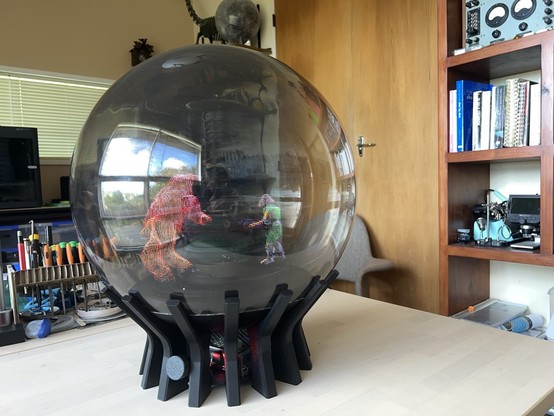

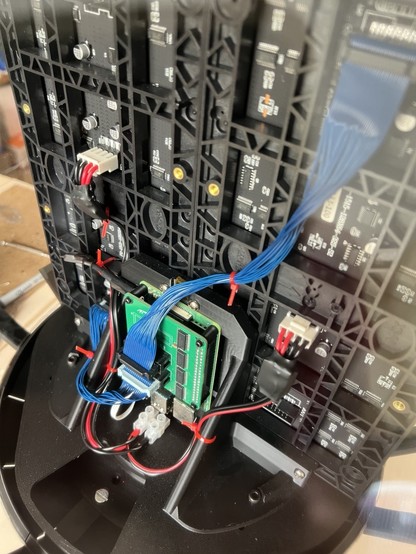


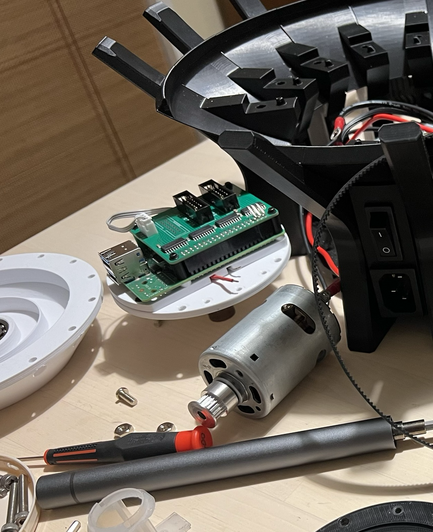
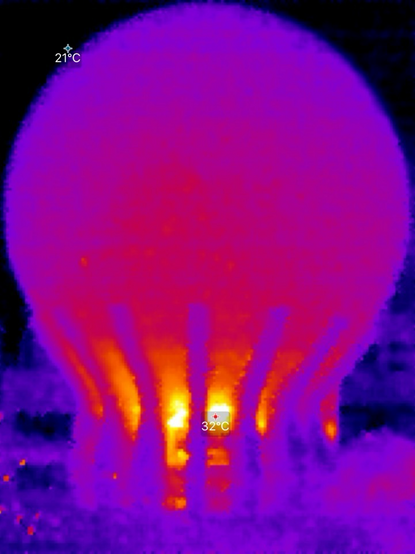
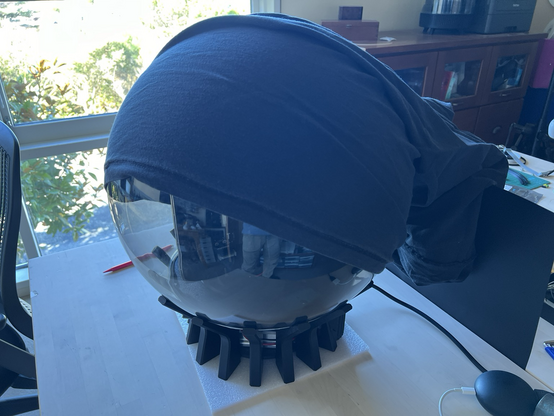
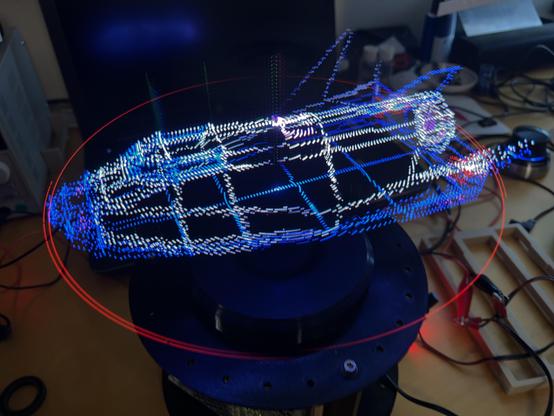


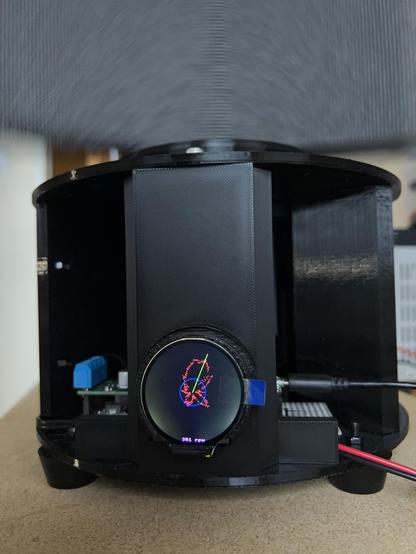
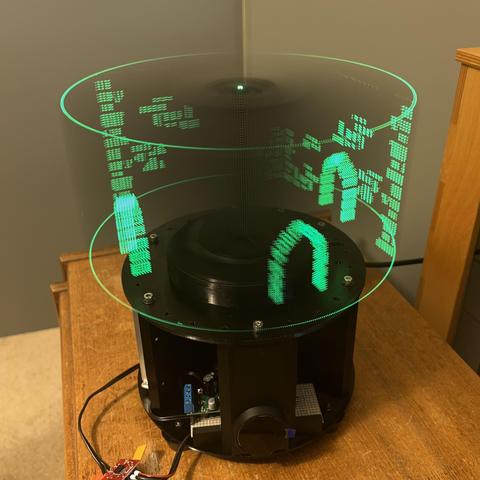
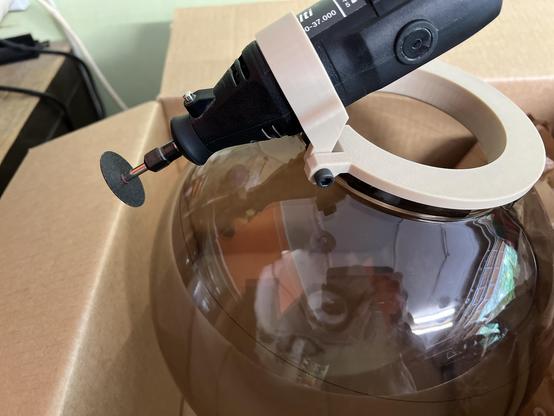
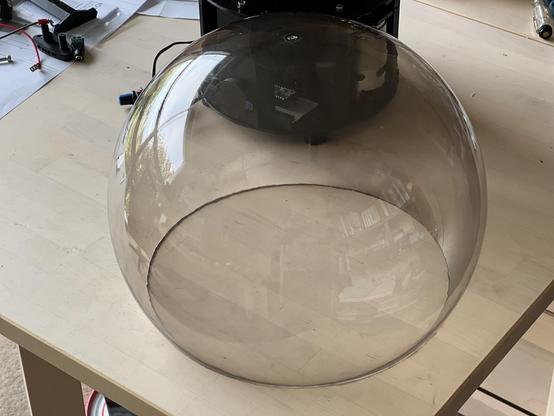
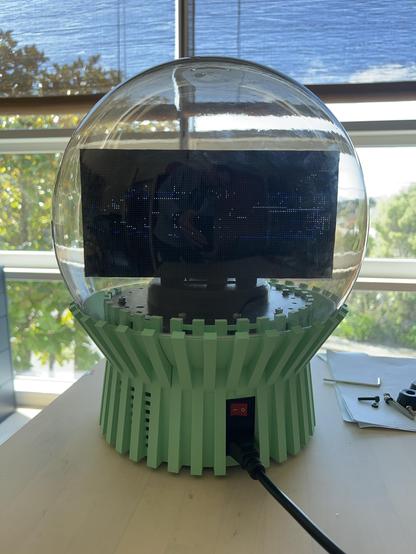
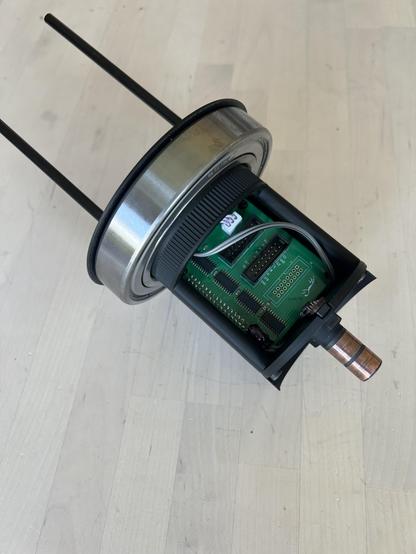
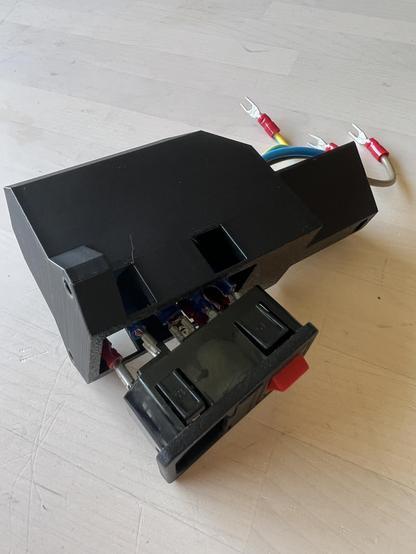
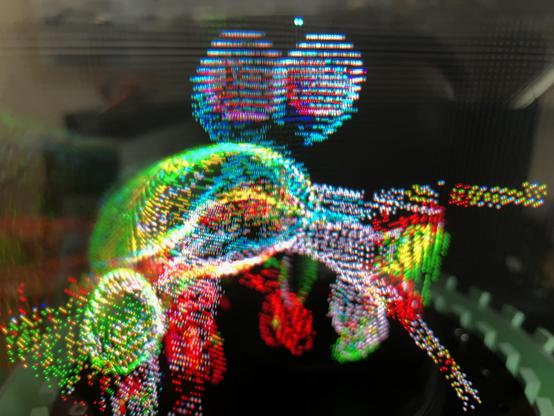
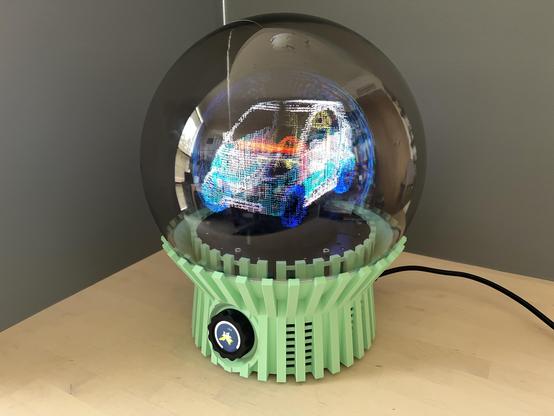
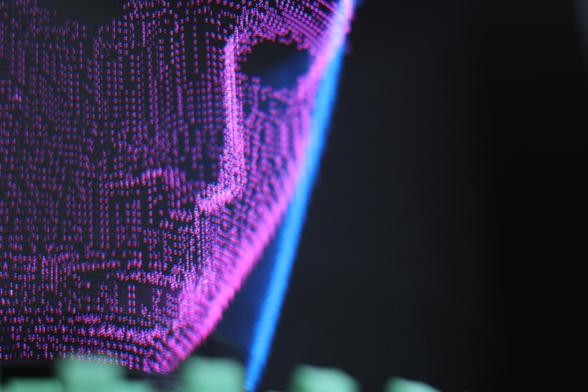
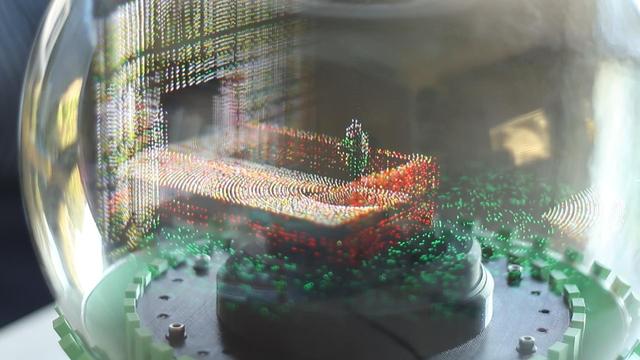


 Stellar 🇫🇷 (
Stellar 🇫🇷 ( era)
era)